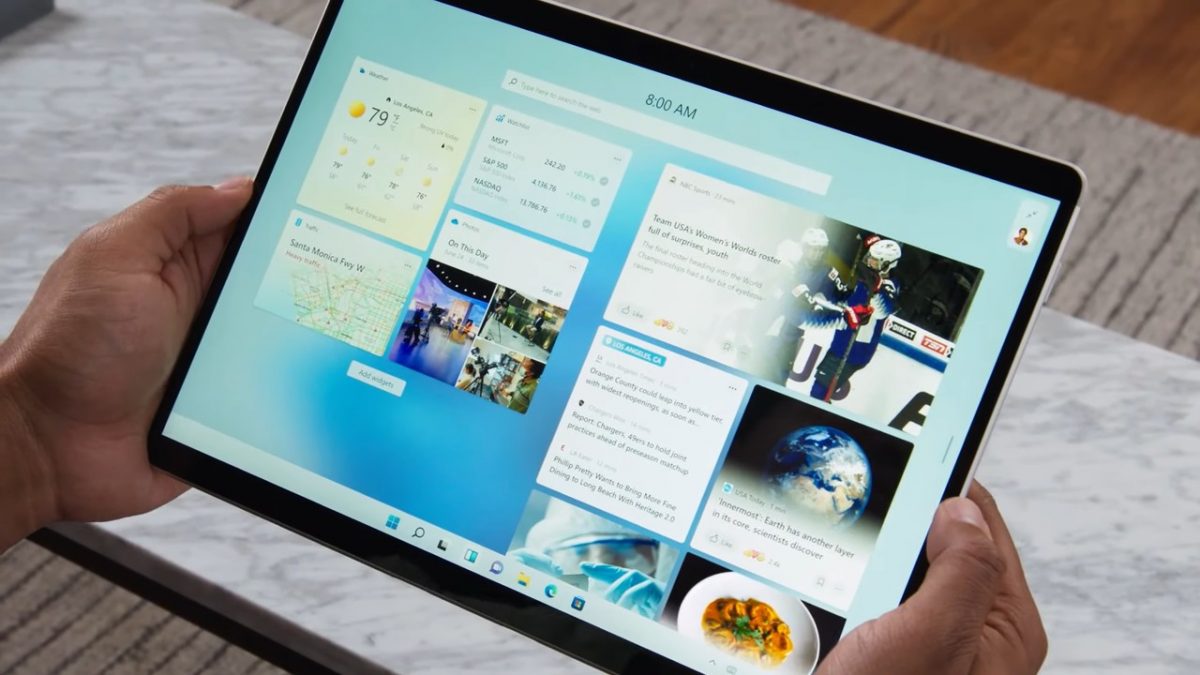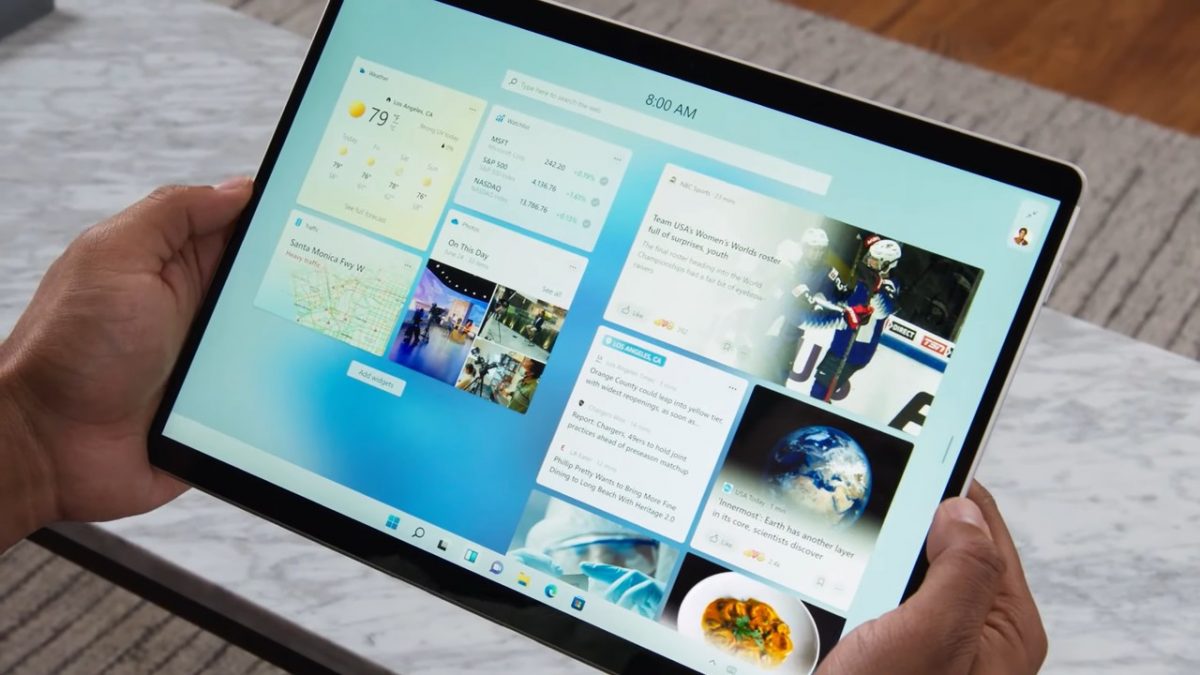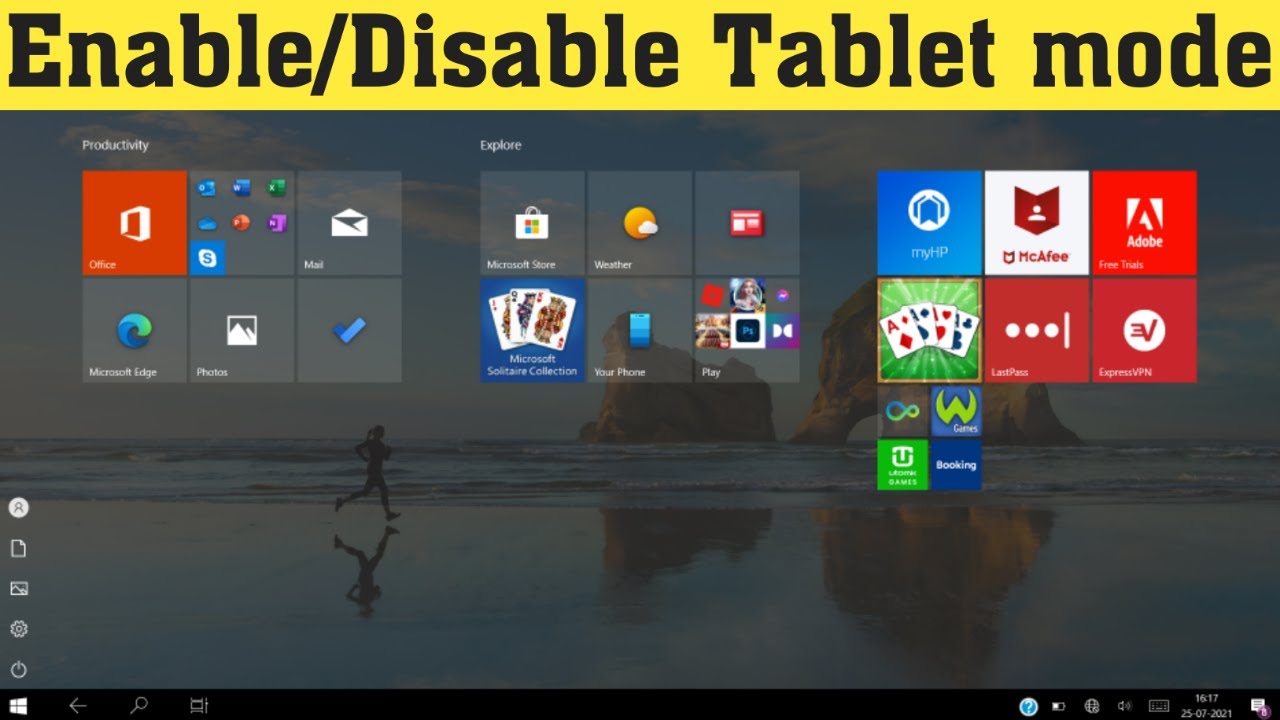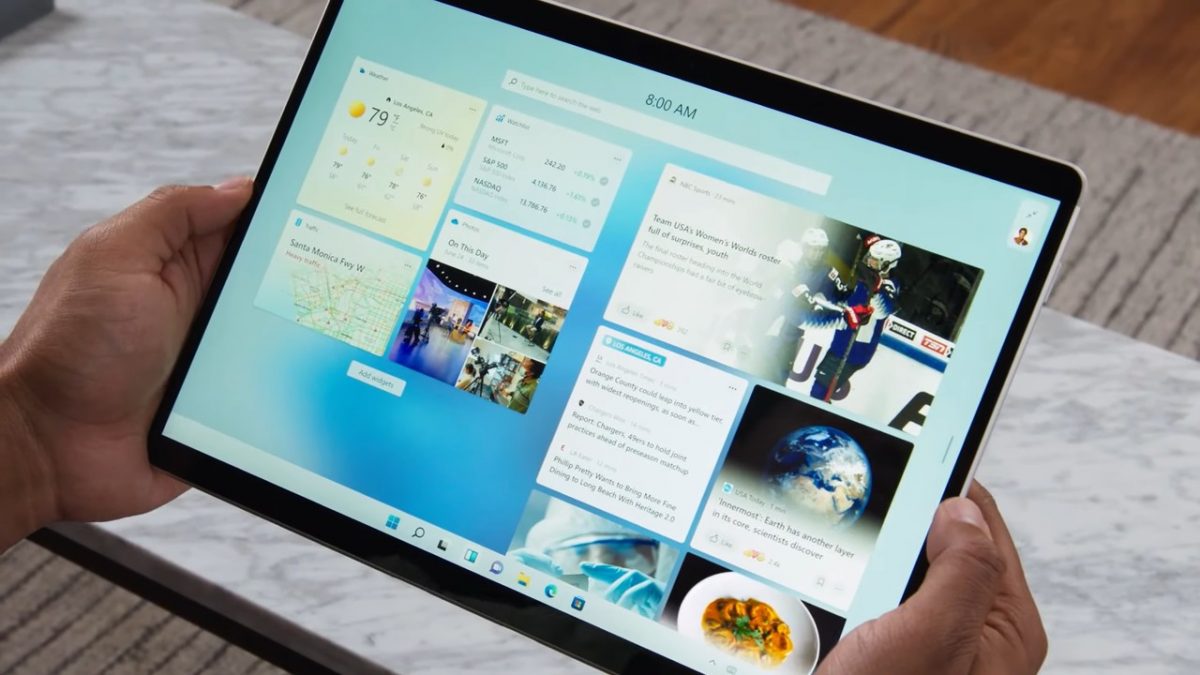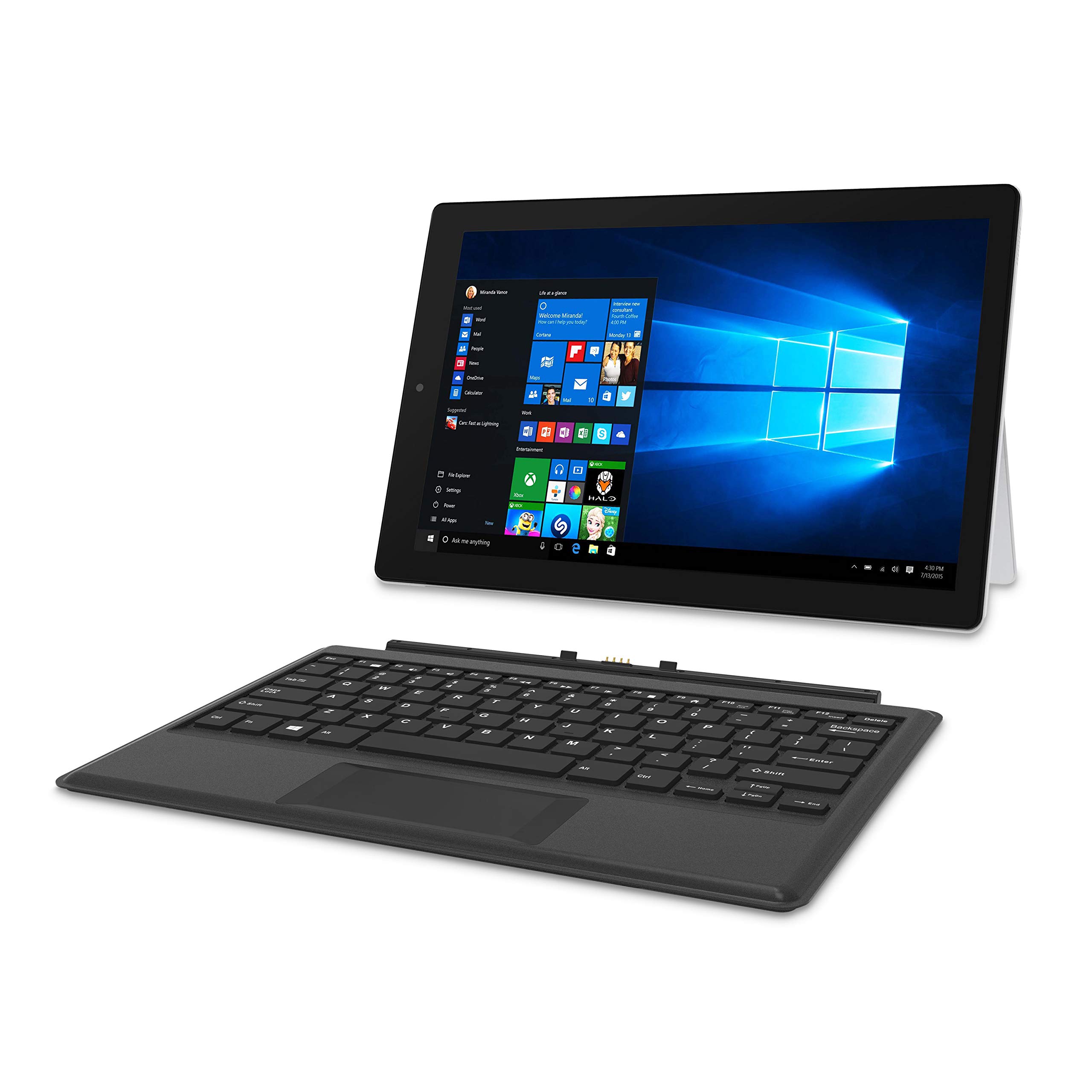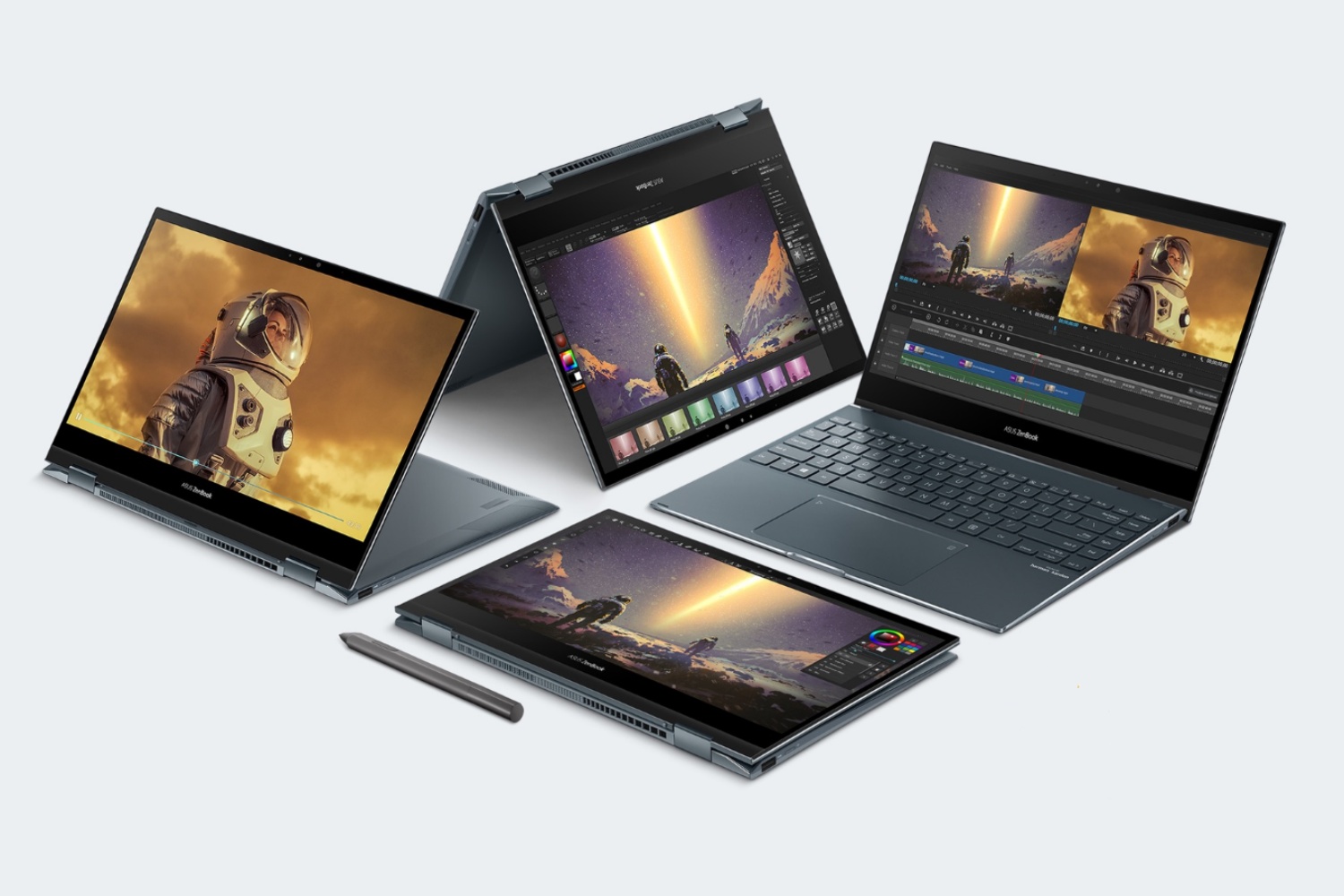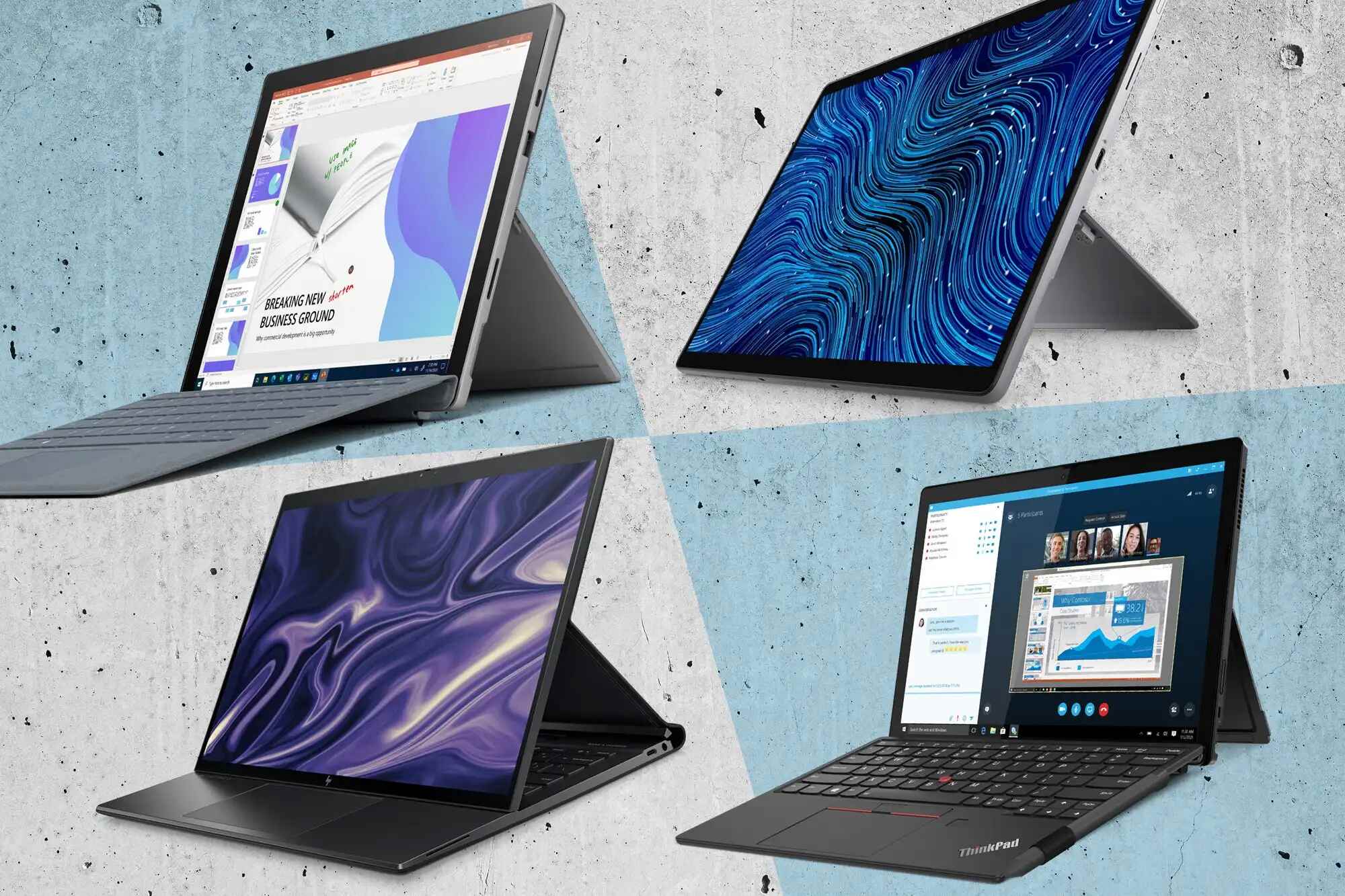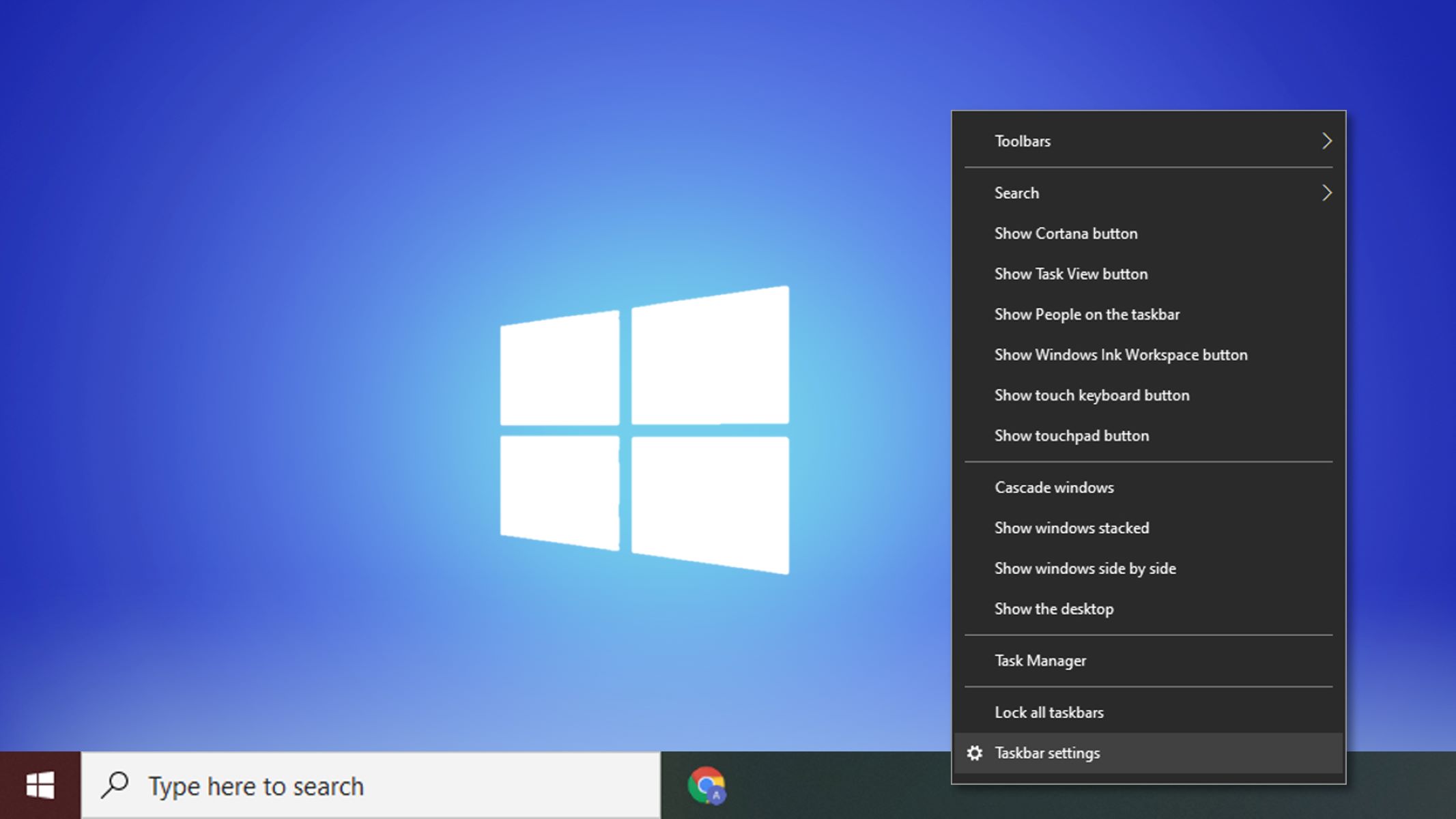Introduction
Tablet mode is a useful feature on Windows 11 that optimizes the user interface for touch-based devices. When tablet mode is enabled, it provides a more immersive and intuitive experience with larger buttons and simplified menus. However, there may be times when you want to turn off tablet mode and switch back to the regular desktop mode.
Whether you prefer using a traditional keyboard and mouse or you simply don’t require the tablet-specific layout, disabling tablet mode on Windows 11 is a straightforward process. In this article, we will explore three different methods to turn off tablet mode and return to the familiar desktop environment.
It’s important to note that the steps may vary slightly depending on your device and the version of Windows 11 you are using. However, the general principles and navigation should remain consistent across most devices.
Let’s dive into the various methods you can use to disable tablet mode on Windows 11.
Method 1: Using the Action Center
The Action Center is a convenient hub on Windows 11 where you can access various system settings and notifications. You can quickly toggle tablet mode on or off using the Action Center. Here’s how:
- First, click on the “Action Center” icon located in the lower-right corner of the taskbar. Alternatively, you can press the “Windows key + A” key combination to open the Action Center.
- In the Action Center panel that appears, you will find a row of quick settings icons at the bottom. Look for the “Tablet mode” icon, which is represented by a tablet and a desktop monitor.
- Click on the “Tablet mode” icon to toggle tablet mode on or off. When the icon is highlighted, it means tablet mode is enabled. Clicking on it will disable tablet mode and switch back to the desktop mode.
That’s it! You have successfully turned off tablet mode using the Action Center. Now you can enjoy the traditional desktop experience on your Windows 11 device.
If the “Tablet mode” icon does not appear in the quick settings row of the Action Center, it may be hidden. To make it visible, you can customize the quick settings by clicking on the “Manage quick actions” link at the bottom of the Quick Settings panel. From there, you can drag and drop the “Tablet mode” icon to the desired position.
This method offers a quick and straightforward way to switch between tablet mode and desktop mode. However, if you prefer a different approach or the “Tablet mode” icon is not available in your Action Center, don’t worry! We have alternative methods you can try in the following sections.
Method 2: Using the Settings App
If you prefer to have more control over your device settings, you can use the Settings app to turn off tablet mode in Windows 11. Here’s how:
- First, open the Start menu by clicking on the “Start” button located in the lower-left corner of the taskbar. Alternatively, you can press the “Windows key” on your keyboard.
- In the Start menu, click on the “Settings” icon represented by a gear-shaped icon. This will open the Settings app.
- Within the Settings app, click on the “System” category.
- In the left sidebar, click on the “Tablet” option.
- In the main window, you will see the “When I sign in” section. Under this section, click on the drop-down menu next to “Use tablet mode” and select the “Off” option.
By selecting the “Off” option, you are disabling tablet mode and switching back to the regular desktop mode. You can now close the Settings app, and your changes will be automatically applied.
The Settings app provides a comprehensive range of customization options for your Windows 11 device. In addition to turning off tablet mode, you can also configure other tablet-related settings, such as how apps behave in tablet mode and how notifications are displayed. Feel free to explore the various options in the Tablet section of the Settings app to personalize your device to your liking.
If you prefer a more direct method to disable tablet mode, you can try the following alternative methods.
Method 3: Using the Control Panel
If you prefer using the traditional Control Panel interface, you can also turn off tablet mode in Windows 11. Here’s how:
- First, right-click on the “Start” button located in the lower-left corner of the taskbar. In the context menu that appears, select the “Control Panel” option.
- In the Control Panel window, make sure that the view is set to “Category” (if not, click on the drop-down menu in the upper-right corner and select “Category”).
- Under the “Adjust your computer’s settings” section, click on the “Change input methods” link.
- In the next window, click on the “Options” link under the “Touch keyboard and handwriting panel” section.
- Finally, in the Touch Keyboard and Handwriting Panel window, toggle the “Make Windows easier to touch” option to the off position.
By turning off the “Make Windows easier to touch” option, you are disabling tablet mode and switching back to the regular desktop mode. Remember to click the “Apply” or “OK” button to save your changes.
The Control Panel provides access to various system settings, allowing you to customize your Windows 11 experience according to your preferences. While the Settings app is the recommended method for managing most settings in Windows 11, the Control Panel still provides options for certain features, including tablet mode.
Now that you have learned three different methods to turn off tablet mode, you can choose the one that suits your preference and workflow. Whether you use the Action Center, the Settings app, or the Control Panel, disabling tablet mode on Windows 11 is a simple process that can be done in just a few steps.
Enjoy the flexibility and control of the desktop mode on your Windows 11 device!
Conclusion
Tablet mode in Windows 11 offers a touch-optimized interface that enhances the user experience on touchscreen devices. However, there may be instances when you prefer to switch back to the traditional desktop mode. Luckily, turning off tablet mode is a simple process that can be accomplished using different methods.
In this article, we explored three methods to disable tablet mode in Windows 11:
- Using the Action Center: A quick and convenient way to toggle tablet mode on or off.
- Using the Settings App: Providing more customization options, the Settings app allows you to switch off tablet mode and personalize other tablet-related settings.
- Using the Control Panel: If you prefer the classic Control Panel interface, you can also turn off tablet mode through the “Make Windows easier to touch” option.
Each of these methods allows you to seamlessly transition from tablet mode to desktop mode, giving you the flexibility to work in the interface that suits your needs and preferences.
Remember to choose the method that best fits your workflow and device settings. Whether you prefer the simplicity of the Action Center, the extensive options in the Settings app, or the familiarity of the Control Panel, turning off tablet mode is just a few clicks away.
With these methods at your disposal, you can easily toggle tablet mode on or off and enjoy a versatile Windows 11 experience that adapts to your device and personal preferences.
So go ahead and customize your Windows 11 device to suit your needs, and make the most out of its features!







